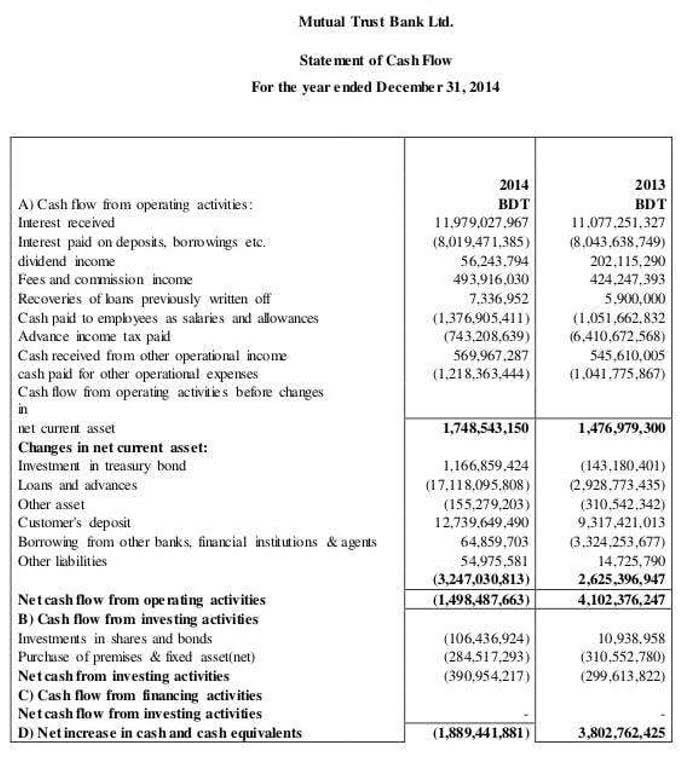
Thousands of people have transformed the way they plan their business through our ground-breaking financial forecasting software. Owner draws are for personal use and do not constitute a business expense. This means, among other things, that they are not tax deductible. Remember, this methodical approach keeps your financial story clear, offering a frame-by-frame account of where your resources are flowing.
Revenues and Gains Are Usually Credited

This affects how a company makes money and manages its spending, which changes its financial health. The types of accounts in accounting are very important. University instructors and accounting supervisors put a lot of effort into teaching this. They use tools like accounting online resources to help tell the financial story accurately.
- No, revenue accounts typically have a normal credit balance because they reflect income earned by the business, not money spent.
- This is because its normal balance for prepaid expenses is a debit.
- Expense accounts, like hungry caterpillars, are always consuming resources, craving debits to grow.
- If the rented space was used to manufacture goods, the rent would be part of the cost of the products produced.
- These rules say if an entry should be a debit or a credit.
Normal Debit and Credit Balances for the Accounts
For example, if an asset account which is expected to have a debit balance, shows a credit balance, then this is considered to be an abnormal balance. In accounting, debits and credits ledger account are the fundamental building blocks in a double-entry accounting system. Depending on the account type, an increase or decrease can either be a debit or a credit. Understanding the difference between credit and debit is needed. Expenses are the costs a company incurs to generate revenue.
- The same rules apply to all asset, liability, and capital accounts.
- In accounting, an account is a specific asset, liability, or equity unit in the ledger that is used to store similar transactions.
- This is important for accurate financial reporting and compliance with…
- For reference, the chart below sets out the type, side of the accounting equation (AE), and the normal balance of some typical accounts found within a small business bookkeeping system.
- Ed’s inventory would have an ending debit balance of $40,000 and a debit balance in cash of $15,000.
Types of Accounts in Accounting (Quick Recap)

Let’s say there were a credit of $4,000 and a debit of $6,000 in the Accounts Payable account. Since Accounts Payable increases on the credit side, one would expect a normal balance on the credit side. However, the difference between the two figures in this case would be a debit balance of $2,000, which is an abnormal balance. This situation could possibly occur with an Bookstime overpayment to a supplier or an error in recording. A journal entry to the drawing account consists of a debit to the drawing account and a credit to the cash account. A journal entry closing the drawing account of a sole proprietorship includes a debit to the owner’s capital account and a credit to the drawing account.

When you’re tracking assets like cash or inventory, the more you accumulate, the higher your debit balance climbs. Similarly, as your business incurs expenses, from rent to office supplies, these drawing normal balance costs also nudge your debit balance upward. It’s a fundamental principle that acts as compass for financial navigation, guiding you through the ocean of numbers to a harbor of consistency and accuracy. We’ve covered debits, credits, the basic accounting equation and accounts but we need to go further into accounts. In accounting, it is essential to understand the normal balance of an account to correctly record and track financial transactions.
- Interest Revenues are nonoperating revenues or income for companies not in the business of lending money.
- Revenue rises with credits and its normal balance is on the right.
- Conversely, crediting an asset or expense account, or debiting a liability, equity, or revenue account, decreases its balance.
- Therefore, to increase Accumulated Depreciation, you credit it.
- For the past 52 years, Harold Averkamp (CPA, MBA) hasworked as an accounting supervisor, manager, consultant, university instructor, and innovator in teaching accounting online.
- By understanding and tracking the normal balance of Accounts Payable, businesses can manage their short-term financial obligations efficiently.
Let’s recap which accounts have a Normal Debit Balance and which accounts have a Normal Credit Balance. Then, I’ll give you a couple of ways to remember which is which. We want to specifically keep track of Dividends in a separate account so we assign it a Normal Debit Balance. Liabilities (on the right of the equation, the credit side) have a Normal Credit Balance.
